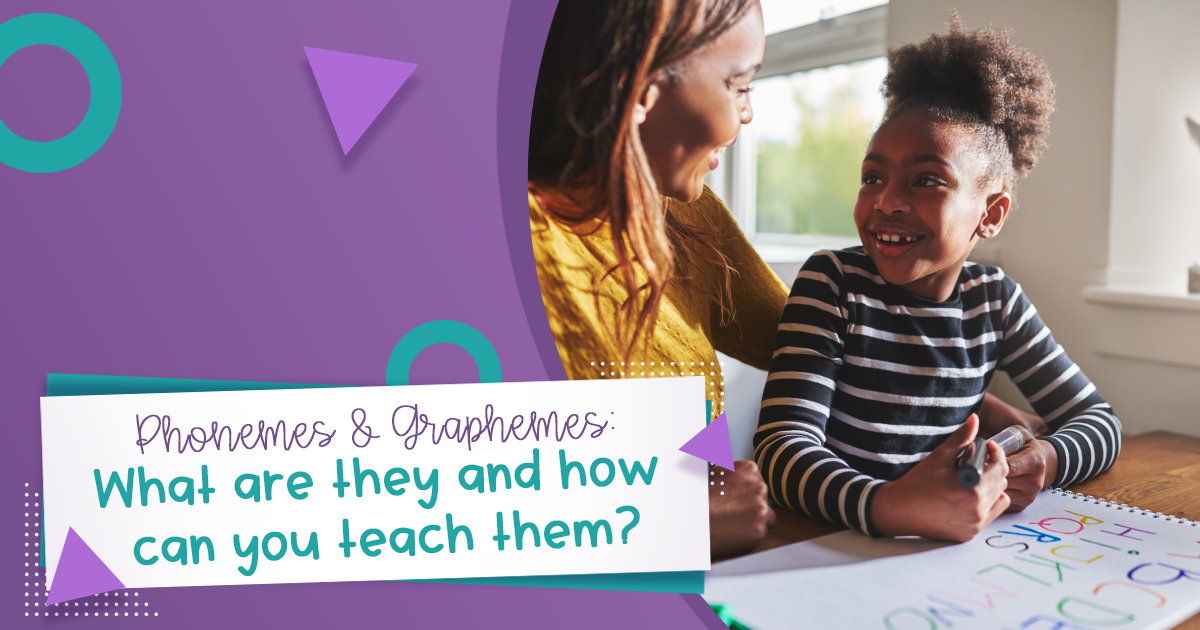
Phonemes and graphemes are two words that are used often, but what do they mean? Using what we know about the roots phone and graph, we can likely figure it out. However, I’d like to begin this blog post with a few definitions and some potential strengths and weaknesses.
A phoneme is the individual sound that we hear within a word. In English, there are 40-44 phonemes depending on the dialect. For many of our students, this is the easy part of spelling. They can hear a word and break it into individual sounds. However, for some of our students, hearing each part of the word feels nearly impossible and requires a lot of practice to understand how to do.
A grapheme is the written letter or letters that correspond with phonemes in a word. For some students, they have a strong ability to recall and memorize graphemes. However, there are other students who get lost in all of the 250 graphemes that make up the English language. It is a lot to remember and there are so many rules that can cause difficulty for them.
In my experience THIS is a larger problem for the majority of students on my caseload.
What Order Should You Use to Teach Phonemes & Graphemes?
I say WHO CARES! If you can make words with the letters that you have, great! Every school, curriculum, intervention, and kindergarten teacher has an opinion. Regardless of what you have, here are some things that I think you should keep in mind when selecting a program or deciding which order is best.
Make Words
Students aren’t ready to begin making words as soon as they learn a handful of letters, however, it is never too early to begin showing them WHY we learn our letters and sounds. What is the purpose of all of those graphemes? The sooner you can begin teaching them that we use the phonemes to make words, the more they’ll be able to see the bigger picture. The order in which you teach the phonemes should allow you to make a handful of words after learning three to five letters.
Consider Vowel Placement
As you look at the order of teaching graphemes, take a look at the order that vowel occur in the intervention. Have you ever tried to distinguish between a short e and a short i. I would not recommend that you teach those to two sounds on consecutive days. Space those babies out and allow your students to be familiar with one before throwing in a new vowel sound.
Separate Visually Similar Letters
When introducing graphemes, be mindful of letters that look similar, such as b, d, p, and q. The last thing you want to do for your students is to teach these so close together that students confuse them. In reality, you’ll still have some kids who confuse them, but imagine the confusion you’d have if you taught them on back to back days.
